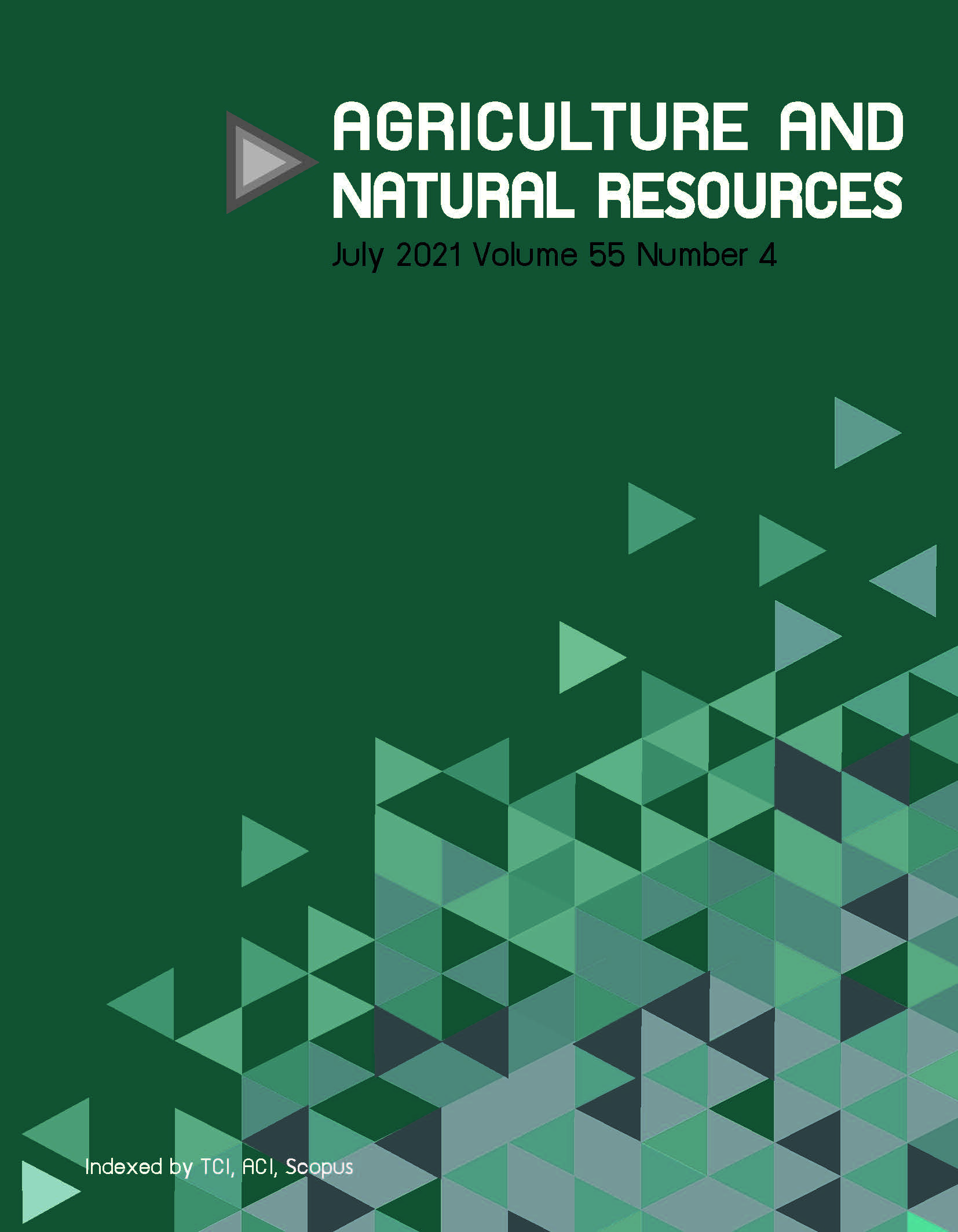Conceptual and analytical design of sesame seed washing machine
Keywords:
Sesame seed cleaning, Sesame seed washing, Washing machineAbstract
Sesame is one of the oldest oilseed crops that has been domesticated for well over 3,000 years; it remains a common ingredient in cuisines globally. Sesame seeds are protected by a capsule that only bursts when the seeds are completely ripe; consequently, they must be cleaned before being used in the next process because of the fine to very fine sand grains that usually are attached to the uncleaned seeds. However, this cleaning-up process is both water- and time-consuming. The manual process currently used by farmers to clean the sesame seeds requires 0.14 m3 (140 L) of water and takes 480 s for only 7 kg of sesame. A couple of washing machines that have been tested for this cleaning-up process were able to separate the coarse and fine sand particles, but were inefficient at separating the very fine grains that also damaged the machinery. The current study investigated the development of a conceptual and analytical design of a new washing machine using 0.035 m3 (35 L) of water, which is considerably less than for current machines, with a cleaning-up process of 126 s.
Downloads
Published
How to Cite
Issue
Section
License

This work is licensed under a Creative Commons Attribution-NonCommercial-NoDerivatives 4.0 International License.
online 2452-316X print 2468-1458/Copyright © 2022. This is an open access article under the CC BY-NC-ND license (http://creativecommons.org/licenses/by-nc-nd/4.0/),
production and hosting by Kasetsart University of Research and Development Institute on behalf of Kasetsart University.







